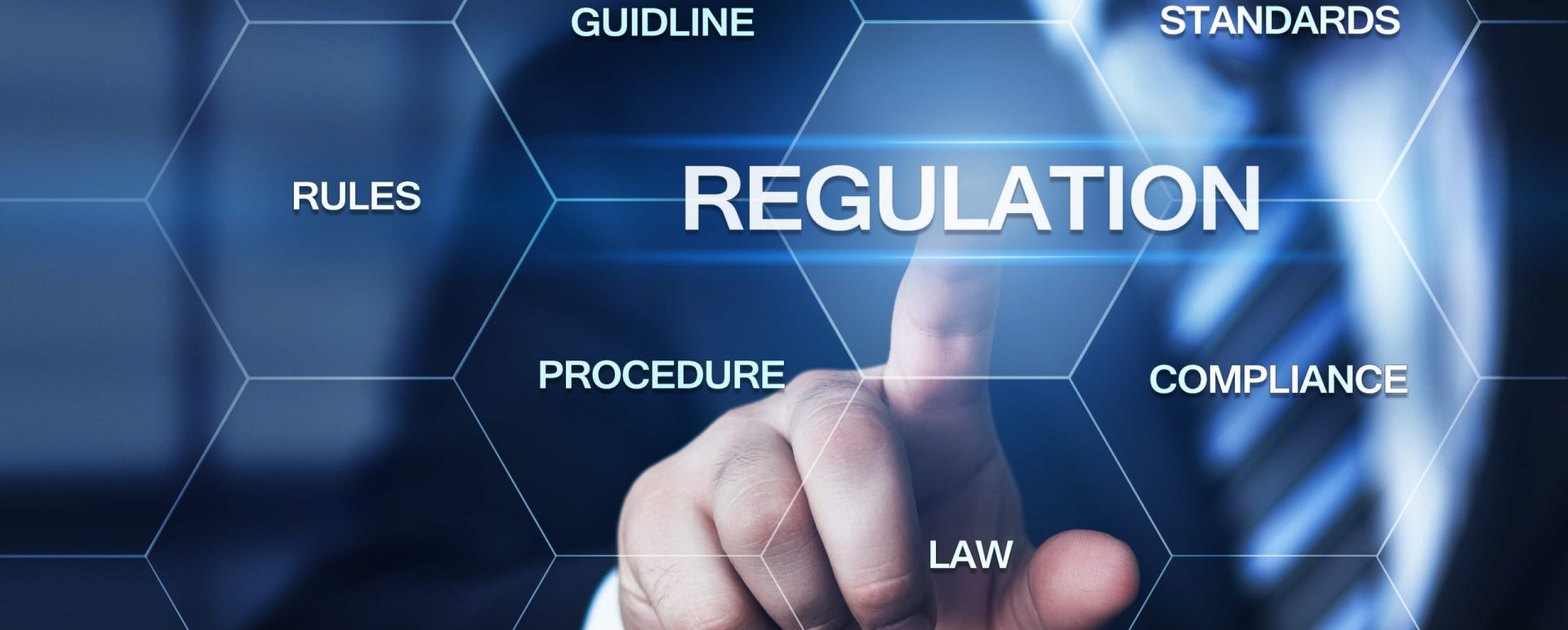Effective February 16, 2020
Ambit Solutions’ Guide to E911 Regulations
Don’t be caught off guard as many telecom officials were early in 2020 when the requirements of Kari’s Law went into effect. Clearly, managing 911 requires full understanding of the legal and regulatory risks. These complicated federal regulations can seem overwhelming. We at Ambit Solutions can assist with the provision of reliable 911 call routing and location management solutions to help you navigate these complex requirements, while also helping to ensure that your employees, pupils/students, guests and corporate customers are protected.
What are the requirements for Kari’s Law?
This new law applies to any entity that employs multi-line telephone systems “manufactured, imported, offered for first sale or lease, first sold or leased, or installed” after the compliance date of February 16, 2020. Moreover, any of the entity’s locations with multi-line telephones must remove any requirement that a caller dial “9”, “8” or any other number to reach an outside line to make a call to 911! Furthermore, when a 911 call is placed from such a system, a notification must be sent to on-site personnel, alerting them to the emergency. The notification to the appropriate contact can take the form of phone calls, visual alerts on a monitor, audible alarms, text messages, and/or emails.
Who’s affected by Kari’s Law and Ray Baum’s Act?
Both laws impact enterprises using multi-line telephone systems, such as:
- Campuses [K-12, colleges and universities (public and private)];
- Companies/corporations with offices in multiple locations;
- Financial institutions;
- Hospitals, medical clinics, and hotels
What provisions need to be made to your multi-line telephone system network?
Providing 911 emergency support doesn’t just happen; it requires careful planning, especially in the process of cloud migration. The following is a minimum 911 Regulatory Checklist to help you maintain connections to 911 and regulatory compliance while keeping your end-users safe:
- Have you consulted with your entity’s legal representation regarding compliance requirements?
- Have you accurately mapped user endpoint locations including address, building name, floor, and/or room?
- Do your end-users have the ability to direct dial 911 without the need to dial an access code first (such as “*”, ”9”, ”8”, etc) to gain access to an outside line?
- Have you tested 911 across endpoints? Ambit Solutions can assist in coaching you through ‘933’ testing, which limits the disruption that occurs when scheduling live 911 calls with public safety.
- Is there a plan in place to determine how to support virtual workers and users in satellite offices?
- Have you set up notifications to notify key personnel in the event that there is an emergency? This can be accomplished with email, phone call recording, or SMS text message formats. We can show you how.
What do Kari’s Law, Ray Baum’s Act, and Alyssa’s Law mean to you?
How can your organization manage its legal obligations most effectively? Get started soon and don’t go it alone. Ambit Solutions is ready to assist. Our VoIP integration experts can support your phone configurations to comply with the 911 requirements that are going into effect soon. Our service will provide you with the location and notification functionality you need. Ambit provides everything you need for silent alarms. There may be multiple ways for you to achieve compliance; let us help you determine what your options are. So, give us a call when you’re ready to get moving to compliance.
Many Ambit Solutions VoIP phone systems have one or more of the required features today. All systems installed after February 16, 2020, will be equipped to accommodate the provisions of both Kari’s Law and Ray Baum’s Act.
However, if your system is dated and you do not know if the required provisions are in place, for a nominal fee, Ambit Solutions experts can make that happen for you.



